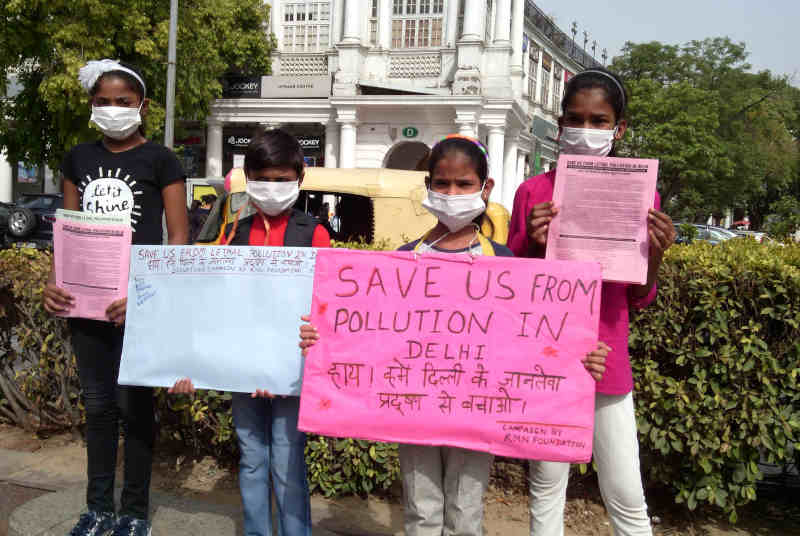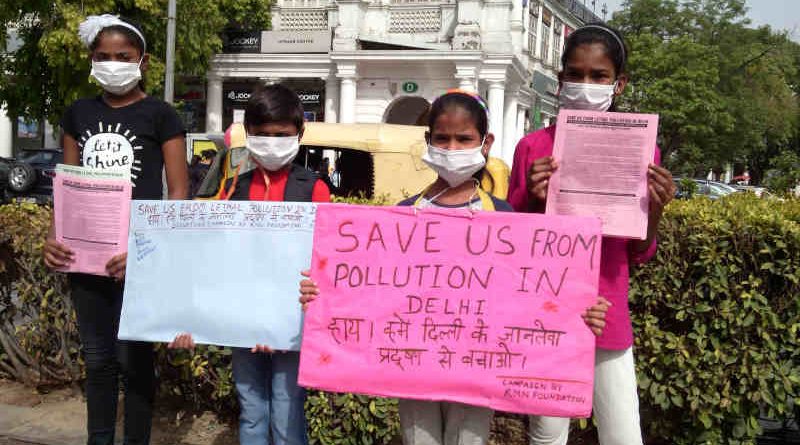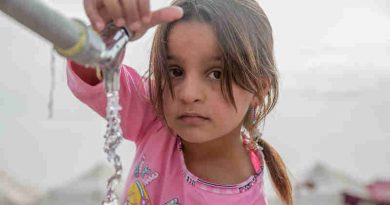Legal Case: Harmful Effects of Climate Change on Children’s Rights

The Committee held five oral hearings with the children’s legal representatives, the States’ representatives and third party intervenors.
In a historic ruling on the harmful effects of climate change on children’s rights, the UN Child Rights Committee has found that a State party can be held responsible for the negative impact of its carbon emissions on the rights of children both within and outside its territory.
The Child Rights Committee (CRC) published its ruling – the first such ruling by an international body – on October 11, after examining a petition filed by 16 children from 12 countries against Argentina, Brazil, France, Germany, and Turkey in 2019.
The children claimed that these five countries, which were historic emitters and had recognised the competence of the Committee to receive petitions, had failed to take necessary preventive measures to protect and fulfil children’s rights to life, health, and culture.
The children also argued that the climate crisis is not an abstract future threat and that the 1.1°C increase in global average temperature since pre-industrial times has already caused devastating heat waves, fostering the spread of infectious diseases, forest fires, extreme weather patterns, floods, and sea-level rise. As children, they claimed, they were among the most affected by these life-threatening impacts, both mentally and physically.
The Committee held five oral hearings with the children’s legal representatives, the States’ representatives and third party intervenors between May and September 2021. It also heard the children directly. In this historic ruling, the Committee found that the States concerned exercised jurisdiction over those children.
“Emitting States are responsible for the negative impact of the emissions originating in their territory on the rights of children – even those children who may be located abroad. The collective nature of the causes of climate change must not absolve a State from its individual responsibility,” said Committee member Ann Skelton. “It is a matter of sufficiently proving that there is a causal link between the harm and the States’ acts or omissions,” Skelton added.
In this case, the Committee determined that Argentina, Brazil, France, Germany, and Turkey had effective control over the activities that are the sources of emissions that contribute to the reasonably foreseeable harm to children outside their territories.
It concluded that a sufficient causal link had been established between the harm alleged by the 16 children and the acts or omissions of the five States for the purposes of establishing jurisdiction, and that the children had sufficiently justified that the harm that they had personally suffered was significant.
The Committee was, however, unable to adjudicate on whether the States parties in this specific case had violated their obligations to the Convention on the Rights of the Child. The complaints procedures require that petitions are only admissible after the complainants have taken the claim to the national courts and already exhausted legal remedies that may be available and effective in the countries concerned before bringing their complaint to the Committee.






